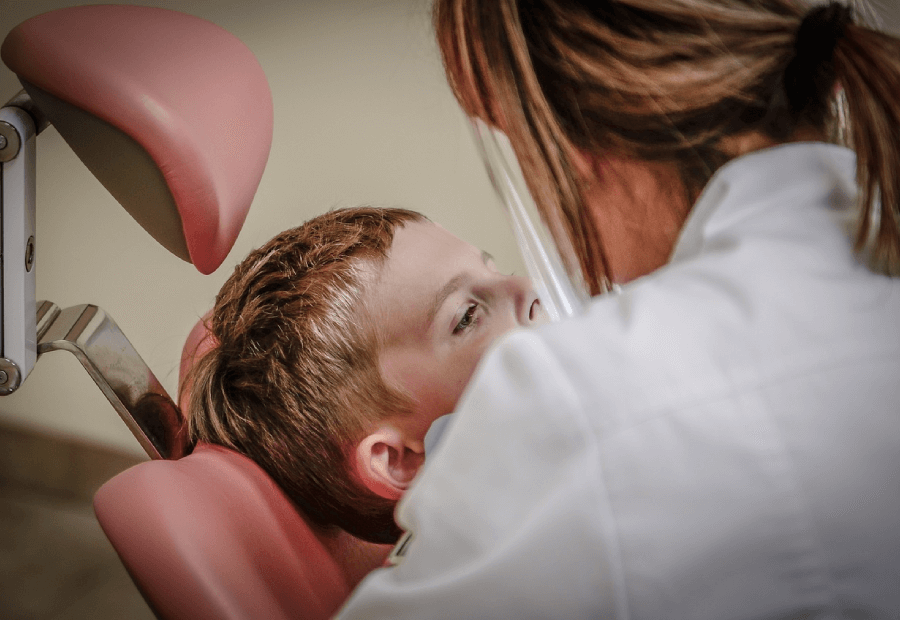Extractions
- Home
- Extractions
Extractions
While it’s almost always better to try to save a tooth when possible, sometimes having a tooth pulled is the most appropriate treatment to avoid further problems. At Alpine Family Dental, Dr. Sharmila Chopra uses state-of-the-art tooth extraction techniques to remove decayed and damaged teeth, as well as wisdom teeth and other teeth causing crowding or impaction. Plus, the practice offers advanced pain management solutions so patients from Boonton, New Jersey, enjoy more comfortable tooth extraction procedures and recovery periods.

Extractions Q & A
When are tooth extractions necessary? A tooth damaged by trauma or decay can be preserved and restored, but sometimes, a tooth is so
badly damaged that extraction is the best solution. This includes teeth that are severely decayed, broken at or below the gum line, or damaged in such a way that other teeth are threatened. Impacted teeth also usually need to be pulled, as well as teeth that come in sideways or teeth cause
significant crowding that can’t be corrected with orthodontics.
Wisdom teeth emerge once all the other teeth have already emerged and taken their places in the jaw. As a result, there’s not much room left by the time wisdom teeth erupt. Many wisdom teeth come in sideways or become impacted under molars. These teeth need to be extracted to prevent
more serious problems from developing. But even when wisdom teeth come in without any crowding issues, their location makes them very difficult to clean, and they often wind up acting as harbors for populations of decay- and disease-causing bacteria. Having these teeth extracted can significantly reduce the risks of decay and gum disease in the future.
Extractions are performed using local anesthetics to numb the tooth and gum. Simple tooth extractions typically are performed using special instruments to gently elevate the tooth from the socket. More complex extractions including extractions of badly broken teeth, impacted teeth, and
wisdom teeth require cuts into the gum tissue to expose more of the tooth and the root. In some cases, Dr. Gyanchand may need to remove a small amount of bone tissue to ensure the entire root is removed. Leaving a small amount of root tissue behind can result in infection and pain,
so it’s important to take every precaution to ensure all the tooth material is removed. Once the extraction is complete, incisions are closed using a few tiny stitches and gauze is placed over the site to control bleeding. During recovery, it’s important to clean the extraction site carefully to avoid
dislodging the blood clot that forms as a natural part of the healing process. Complete care instructions are provided at the time of your appointment.
Dr. Gyanchand uses the most advanced pain management techniques to help patients stay comfortable throughout their procedures. For patients who are anxious, an oral sedative may be prescribed before the appointment.
